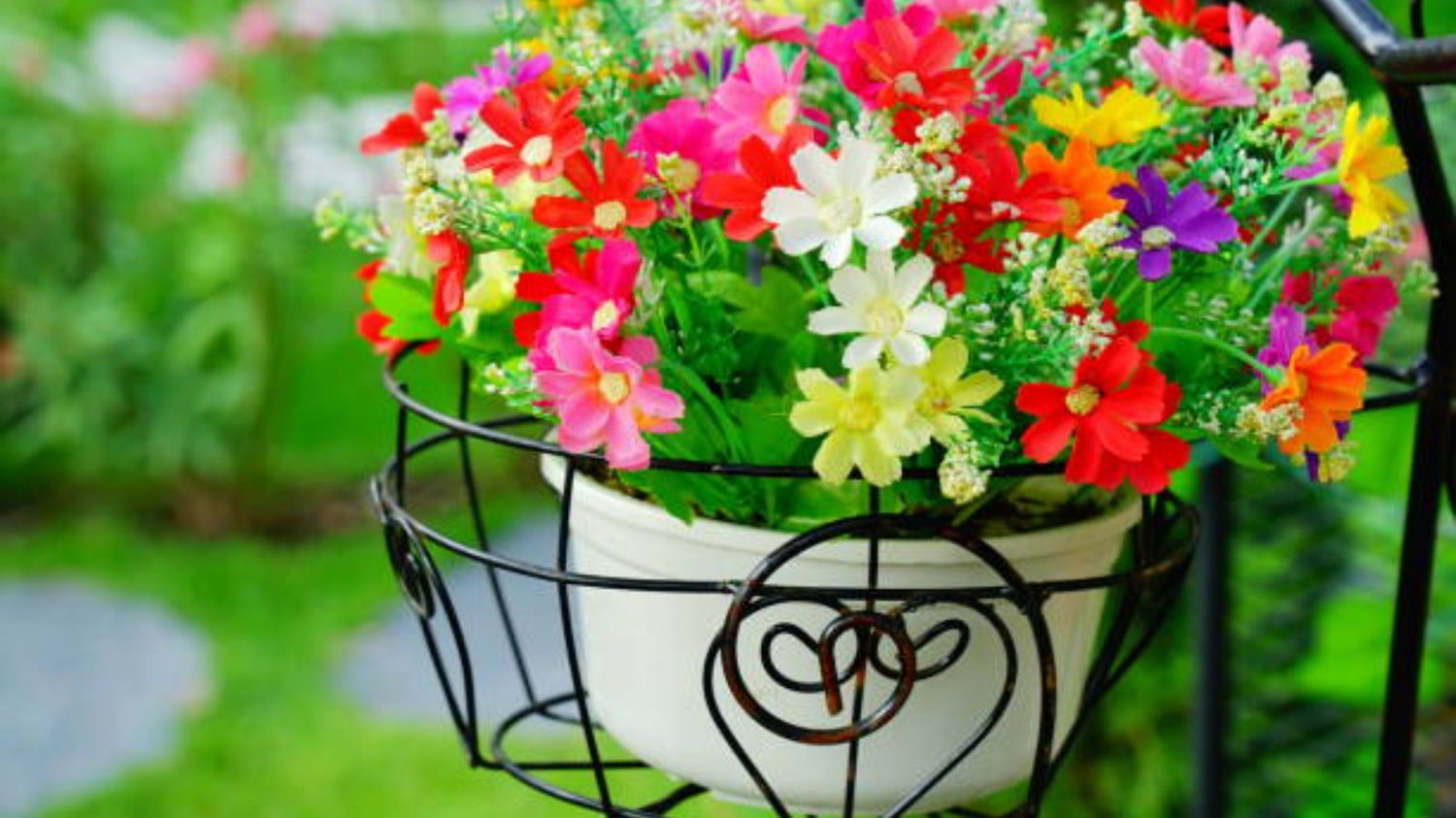The Importance of Drainage in Flower Pots
Flower pots are a great way to add color and greenery to your home or garden. However, choosing the right pot for your plants is crucial to their proper growth and health. One important factor to consider is whether or not your flower pots need drainage. In short, the answer is yes - all flower pots need drainage. Here's why:
What Happens When There's No Drainage in Flower Pots?
When a flower pot doesn't have drainage holes, excess water can accumulate at the bottom of the pot. This can lead to a number of problems, such as root rot, nutrient deficiency, and even the death of the plant. Without proper drainage, the substrate (soil or growing medium) can become waterlogged, suffocating the roots and preventing them from absorbing vital nutrients.
How Much Drainage is Needed?
The amount of drainage holes needed in a flower pot can vary depending on the size of the pot. Generally speaking, a single drainage hole is sufficient for smaller pots (4 inches or less in diameter), while larger pots may require several holes. As a general rule of thumb, aim for one drainage hole per every 8-12 square inches of pot surface area.
What Types of Flower Pots Drain the Best?
Not all flower pots are created equal when it comes to drainage. Some materials, such as terra cotta and porous ceramic, allow for more efficient drainage than others. Plastic pots and glazed ceramic pots, on the other hand, are less breathable and may require extra drainage holes to prevent water buildup.
Do Self-Watering Flower Pots Need Drainage?
Self-watering flower pots are designed to keep plants hydrated without over-watering. These pots typically have a reservoir at the bottom that holds excess water, which the plant can then absorb as needed. However, even self-watering pots need drainage holes. Without them, the soil can become waterlogged and the plant's roots may suffocate.
How to Add Drainage to a Flower Pot
If your flower pot doesn't have drainage holes, don't panic - there are ways to add them. You can use a drill with a masonry or ceramic bit to create new holes, or you can use a hammer and nail to make smaller holes. Just be sure to clean up any debris afterwards and avoid cracking the pot.
The Bottom Line
When it comes to flower pots, drainage is key to your plant's health and growth. All flower pots, including self-watering ones, should have drainage holes to prevent water buildup and root rot. If your pot doesn't have drainage holes, add them carefully to avoid damaging the pot. With proper drainage, your plants will thrive and bring beauty to your home or garden.

